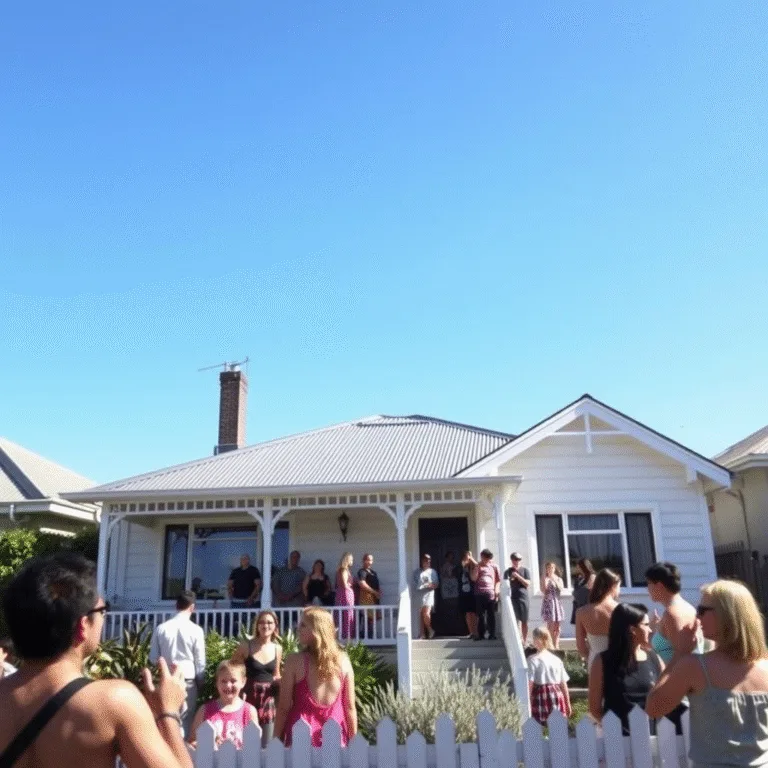Detecting Hidden Basement Moisture: Step-by-Step Guide for Auckland Homes
Why Early Moisture Detection is Crucial
In Auckland’s humid and rainy climate, moisture can sneak into basements, creating invisible health hazards like mould, dust mites, and allergens, and weakening your home’s very structure. If left unchecked, this “silent invader” can cause:
-
Mould and mildew growth (leading to allergic reactions and asthma)
-
Rotting of timber, corrosion of metal, and crumbling concrete foundations
-
Long-term odours and costly, difficult repairs
Early detection safeguards property value, family health, and peace of mind.

Invisible Threats: How Moisture Creeps In
-
-
Capillary Action: Water in the soil can “wick” upwards through tiny pores in concrete, bypassing weak membranes and causing gradual dampness.
-
Humidity: Subsurface walls are naturally cooler; if basement air hits the dew point, water condenses even with no visible leaks.
-
Underground Seepage: Rainfall, high water tables, or poor drainage can cause water to infiltrate through cracks, joints, or porous concrete—sometimes undetectable without tools.
-
Step-by-Step: How to Detect Hidden Basement Moisture
-
Start with Visible Signs: Look for stains, musty smells, peeling paint, efflorescence (white powder), and warped or damp building materials.
-
Plastic Sheet Test:
-
Tape a clear plastic sheet (about 1m x 1m) to sections of concrete floor or wall.
-
Leave for 24–48 hours. Moisture droplets on the underside = rising damp; on top = condensation from the air.
-
-
Check Humidity with a Hygrometer:
-
Place digital hygrometers in various basement corners. Relative humidity above 60% hints at excess moisture.
-
For more accuracy, use probes to check inside wall cavities or flooring.
-
-
Infrared (IR) Thermography:
-
Professional inspectors, or keen DIYers with a rental, can use an IR thermal camera to ‘see’ cold spots that indicate wet areas behind walls or under floors.
-
It’s non-invasive and ideal for finding leaks invisible to the naked eye.
-
Prevention and Control Strategies
-
-
Clean gutters and direct downpipes well away from the foundation.
-
Keep ground sloping away from the home (at least several percent gradient).
-
Seal visible cracks as soon as found; for larger or structural cracks, consult a professional.
-
Install (and maintain) sump pumps and check that drainage systems are clear.
-
Apply quality waterproofing membranes to basement floors and walls.
-
Consider professional waterproofing inspections, especially if the home has a history of leaks or persistent damp.
-
Expert Auckland Inspector Commentary
-
-
Local experts emphasise that Auckland’s climate and geology make careful, repeated inspection essential. Even new homes can suffer if basic building code waterproofing isn’t followed or if external drainage is poor.
-
Graeme Stephens (IICRC Master Technician at Steam ‘n’ Dry) highlights that hidden moisture is often more damaging than surface damp, advocating for annual checks—especially after heavy rain or flooding.
-
Inspected Residential’s process offers non-invasive, instrument-based testing with thorough digital reports for peace of mind.
-
Further Reading:
Explore practical solutions in the blog: [Common Causes of Basement Leaks in Auckland Homes] for a detailed breakdown of local risk factors and prevention measures.
Where to Rent Moisture Detection Tools in Auckland
-
-
Thermal/IR Camera Rentals:
-
Kennards Hire (nationwide), TechRentals, DCi Tools Ltd, 2040.co.nz, Envco Global (Avondale, Auckland)
-
-
Humidity & Moisture Meters:
-
TechRentals, THT (trotect moisture meters), Dash Hire, Mitre 10 (sells affordable models)
-
-
Independent Testing & Inspection Services:
-
Steam ‘n’ Dry, Drainage NZ, Inspected Residential (non-invasive), Envirocare
-
-
Consumer Advocacy:
-
Consumer NZ (moisture meter & dehumidifier reviews for home buyers)
-
-